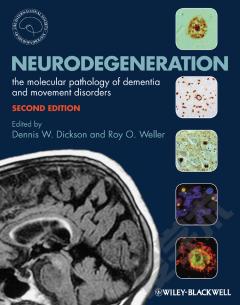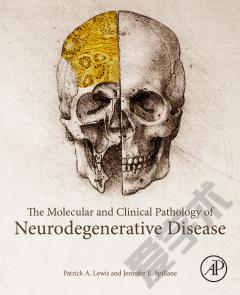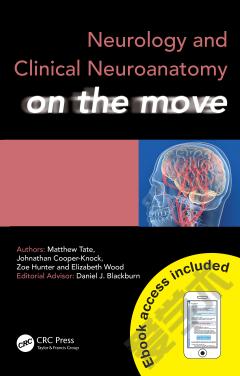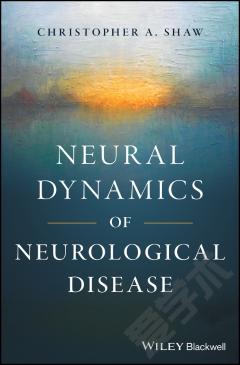Neurodegeneration —— The Molecular Pathology of Dementia and Movement Disorders
----- 神经变性
Most textbooks on neurodegenerative disorders have used a classification scheme based upon either clinical syndromes or anatomical distribution of the pathology. In contrast, this book looks to the future and uses a classification based upon molecular mechanisms, rather than clinical or anatomical boundaries. Major advances in molecular genetics and the application of biochemical and immunocytochemical techniques to neurodegenerative disorders have generated this new approach. Throughout most of the current volume, diseases are clustered according to the proteins that accumulate within cells and in the extracellular compartments (e.g. β-amyloid and prion proteins) or according to a shared pathogenetic mechanism, such as trinucleotide repeats, that are a feature of specific genetic disorders. Chapters throughout the book conform to a standard lay-out for ease of access by the reader and are written by a panel of International Experts Since the first edition of this book, major advances have been made in the discovery of common molecular mechanisms between many neurodegenerative diseases most notably in the frontotemporal lobar degenerations (FTLD) and motor neuron disease or amyotrophic lateral sclerosis. This book will be essential reading for clinicians, neuropathologists and basic neuroscientists who require the firm up-to-date knowledge of mechanisms, diagnostic pathology and genetics of Neurodegenerative diseases that is required for progress in therapy and management.
{{comment.content}}








 京公网安备 11010802027623号
京公网安备 11010802027623号